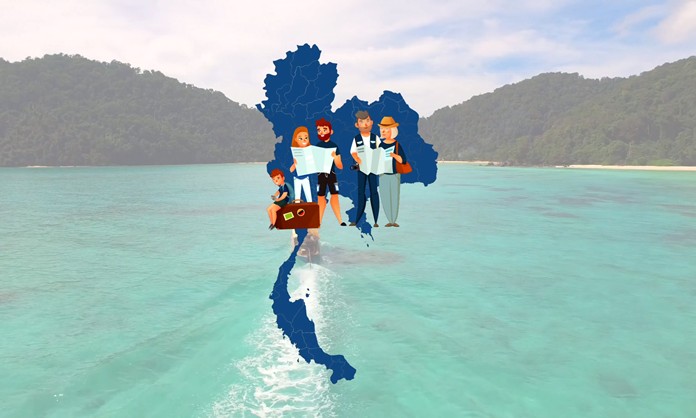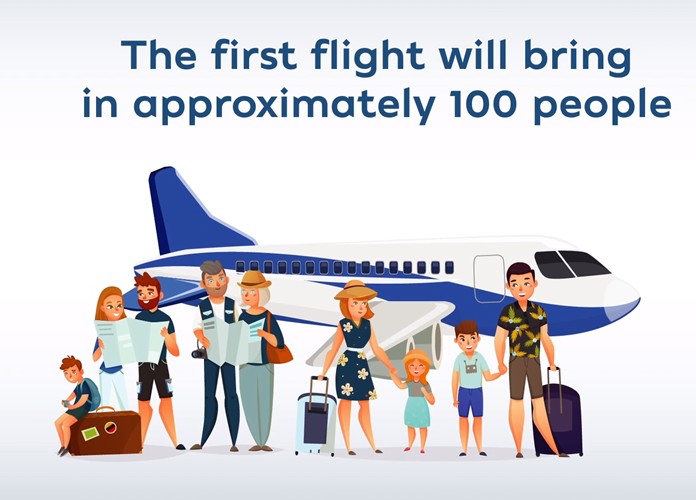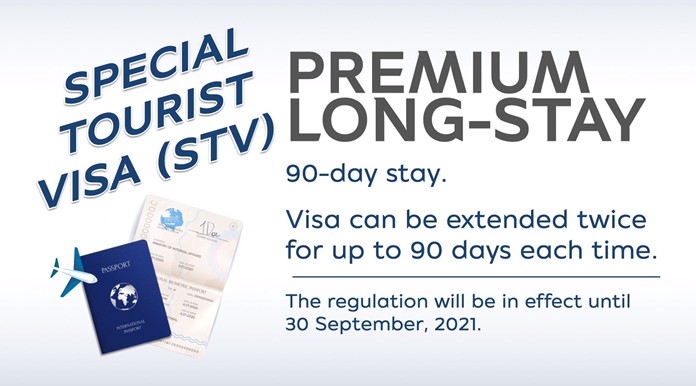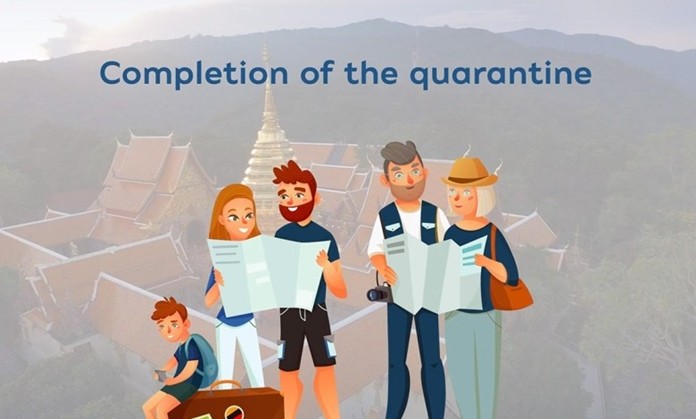
The Ministry of the Interior and the Tourist Authority of Thailand have now both confirmed the Special Tourist Visa (STV) will go ahead this month. It allows foreigners with voluminous documentation to apply for a three-months special visa which can be extended twice for further three months (90+90+90) for a maximum of 270 days.
Please Support Pattaya Mail
The purpose of the STV is to pilot a limited tourist return to Thailand whilst maintaining effective Covid-19 control and prevention measures. This is why the privileged visitors will need to undergo quarantine in approved hotels or hospital surroundings. They must also provide medical insurance, although the former requirement for all returnees to Thailand has been modified for the STV. Instead of a minimum level of US$100,00 or three million baht, STV visitors will need cover for at least 400,000 baht (inpatient) and 40,000 baht (outpatient). This coincides with the amounts, announced in 2019, for all O/A non-immigrant visa holders to prove both on entry and when applying for extensions at Thai immigration. Whether or not the new lower amounts for other categories of visitors is unknown.

The most recent statement from government sources does clarify that the STV cannot be changed at Thai immigration offices for other types. In other words, the STV cannot be used to facilitate one-year extensions of stay (marriage or retirement), work permits or becoming a student. The only way an STV visa can notionally be extended beyond 270 days is unfitness to travel demonstrated by hospital documentation. However, the issue won’t be relevant until the summer of 2021. Much might have changed by then.
It is still unclear how often, if at all, STV vacationers will be able to leave Thailand and then return within the visa limits. The tourism ministry earlier stated that the idea was specifically to benefit the Thai economy, so the assumption is that frequent departures for sight-seeing elsewhere may cause a problem. On the other hand, neighboring countries such as Cambodia, Laos or Malaysia are not currently admitting tourists. The problem in practical terms may not be a big issue, especially as all border posts are still closed to foreigners.

The latest information is that the STV may be applied for only at Thai embassies and consulates worldwide. Earlier indications were that applications should be routed through a Bangkok-based longstay travel company. Whether this company would still be involved in arranging charter flights is not specified. It had been reported that the first group of charter flight STV visitors would arrive in Phuket mid-month from Guangzhou, although this pilot has not been confirmed by the Civil Aviation Authority of Thailand which is responsible for monitoring all flights. It is still not totally clear if individuals could enter Thailand by non-charter routes such as private jets, repatriation flights or even by scheduled commercial flights when available.
Finally, applicants will need to know which countries are deemed safe enough to send STV tourists and which are regarded as high-risk Covid-19 overseas locations. The expectation that China and ASEAN countries will be preferred over UK, mainland Europe and the United States. Equally, Scandinavia was identified as a good STV source as well as China in earlier promotional material. Safe and unsafe countries are likely to be a moving target in the months ahead.
If experience is any guide, the detail will be inked in, and the ambiguities sorted, only when Thai embassies round the world are permitted by the Ministry of Foreign Affairs to promote the STV and explain its rules and regulations to potential customers. Stay relaxed and check again in a couple of weeks.

 |
 |
 |





